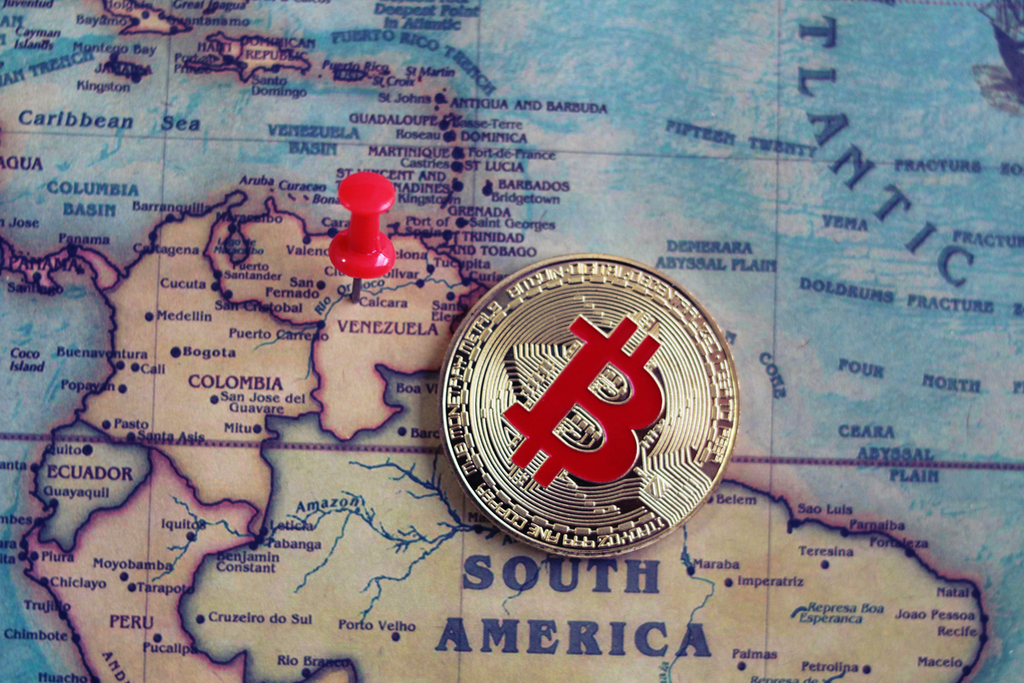Since the end of 2017 and through the better part of 2018, cryptocurrency supporters have been waiting for institutional investors to join the blockchain revolution — and bring along their money.
This development was regarded as a prerequisite to the proverbial mass adoption of digital assets.
The guys with deep pockets and high power in the global financial system have started to enter the crypto space, but their presence has hardly changed the industry landscape — neither have they stopped the cryptocurrency market collapse or facilitated the broader use of virtual money within the existing ecosystem, as of yet.
While it sounds great and reassuring to have institutional players around, as they raise the profile of the industry in the eyes of ordinary people, cryptocurrency mass adoption is not about institutional money. It’s about every Tom, Dick or Harry using them on a regular basis for their everyday needs.
Forget about institutional money. Here are three global factors that will drive cryptocurrency mass adoption in 2019.

Geopolitics
There are 159 fiat currencies in the world, but international trading is heavily dependant on the US dollar. It is used in over 40 percent of all global trades and considered as a world’s reserve currency. This dominant position gives the USA a considerable advantage over other countries and allows to use the currency as leverage to pursue its foreign policy agenda. If a country is cut off from the US financial system, it becomes a pariah of global trade. To bypass the limitations imposed by Washington, many people and companies in sanctioned countries turn to digital currencies that are not controlled by any government and cannot be used as a tool of manipulation or political pressure. It is no coincidence that sanctioned Venezuela and Russia are among the top countries by trading volumes at peer-to-peer trading platform LocalBitcoins. Moreover, as Washington has been abusing its power lately, even US allies are growing resentful of dollar dominance. European countries are submitting to de-dollarization trends, to say nothing of China — and while economists shrug their shoulders and say that we have no viable alternatives to US dollar among fiat currencies, digital coins will ride to the mass adoption on the back of this de-dollarization tendency.
Macroeconomy
Devastating macroeconomic conditions, high inflation, and low levels of confidence in the local financial system are all too common in emerging economies. As the US FED initiated a monetary tightening cycle, many countries of this segment with piling dollar debts plunged into a full scale financial and currency crisis. Watching how their own financial systems are coming down to ruins, people turn to digital assets to protect their wealth and be able to survive the rocky times. Skyrocketing trading volumes confirm a growing interest in virtual money in crisis-stricken countries like debt-burdened Greece in 2015, Zimbabwe in October 2017, and, more recently, in Venezuela and Argentina. Both countries are experiencing high bitcoin turnaround amid rampant inflation and rapid local currency devaluation. According to LocalBitcoins’ stats, bitcoin trading volumes have increased by 37 percent in less than a month, while Argentina recently registered the highest trading volume in over a year.
Common sense
Currently, global banks and financial institutions use SWIFT (Society for Worldwide Interbank Financial Telecommunication) to perform cross-border transactions. However, this 45-year-old system works well only for Western countries with an extensive and well-developed network of correspondent banks. If in the US or Europe the transactions are almost instantaneous, somewhere in South Eastern Asia or Africa you will have to wait days and even weeks to get your money (provided they are not lost somewhere on their way to the destination). Moreover, customers of the EM banks have to pay ridiculously high fees for these slow and inefficient cross-border payments. [bctt tweet=”When people are saying that it is faster and cheaper to pack the banknotes in a suitcase and transport them by plane, they are not joking.” username=”beincrypto”] Blockchain-based cryptocurrencies with high transaction speeds and negligible commissions might become a solution to these problems and challenge traditional payment service providers. Do you think cryptocurrencies will gain mass adoption in 2019? What will instigate the process? Let us know what you think in the comments below.Disclaimer
In adherence to the Trust Project guidelines, BeInCrypto is committed to unbiased, transparent reporting. This news article aims to provide accurate, timely information. However, readers are advised to verify facts independently and consult with a professional before making any decisions based on this content. Please note that our Terms and Conditions, Privacy Policy, and Disclaimers have been updated.

Tanya Chepkova
Tanya started as a financial news feed translator and worked as a financial analyst, news editor and content creator in various Russian and Foreign media outlets. She came to the cryptocurrency industry in 2016.
Tanya started as a financial news feed translator and worked as a financial analyst, news editor and content creator in various Russian and Foreign media outlets. She came to the cryptocurrency industry in 2016.
READ FULL BIO
Sponsored
Sponsored

